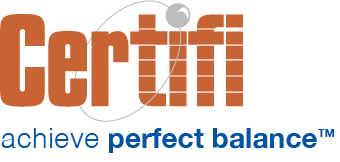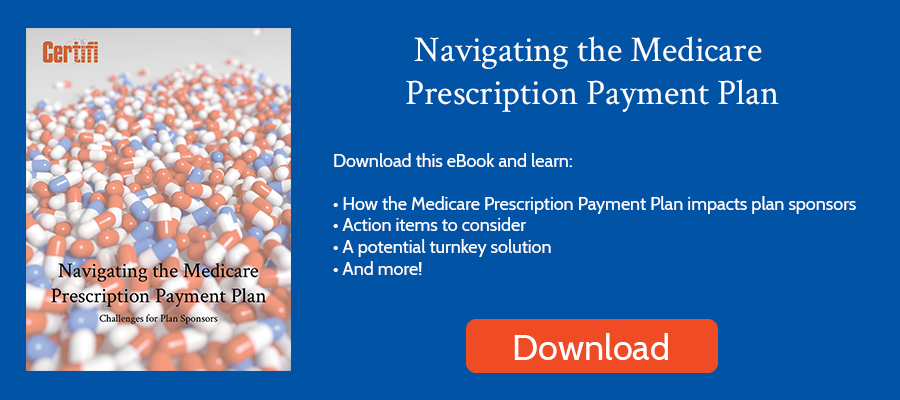The Inflation Reduction Act (IRA) included several provisions that limited beneficiary costs for Medicare prescription drugs. The act created a new Medicare Prescription Payment Plan, but chief among the IRA provisions was a $2000 out-of-pocket expense cap for Medicare beneficiaries.
Many predicted increasing Part D premiums from the new cap and other IRA Medicare Part D cost-sharing modifications. To insulate Medicare beneficiaries from those premium surges, Congress limited Part D premium increases to 6% annually, subsidizing the difference.
The Centers for Medicare and Medicaid Services (CMS) also recently announced a new demonstration program designed to keep premiums in check, specifically for those in standalone Part D plans.
Here’s what you need to know about the Premium Stabilization Demonstration:
Why is the Part D Premium Stabilization Demonstration necessary?
For 2025, CMS set the National Average Monthly Bid Amount (NAMBA) – calculated by averaging the approved bids submitted by all Part D plans for basic Part D benefits – at $179.45, a nearly 180% increase. However, the base beneficiary premium – which serves as the starting point for beneficiary premiums – only increased by the cap of 6% to $36.78. As a result, the average government subsidy to plans increased significantly to $142.67.
CMS expected that increase because of changes promulgated in the IRA, including modifications to the reinsurance program. As a result, the government shifted more risk to payers but balanced that by paying an increased premium subsidy.
To further complicate the issue, in the past, Medicare Advantage Prescription Drug Plans (MA-PD) generally have had lower premiums than their standalone Prescription Drug Plans (PDP) counterparts. CMS noted that the same occurred in bids submitted for 2025.
As a result, CMS offered the Premium Stabilization Demonstration to PDPs to stabilize the market as the IRA’s modifications take effect.
What does the demonstration do?
The demonstration:
- Reduces the base beneficiary premium by $15,
- Limits the Part D premium increase to $35 between 2024 and 2025,
- Reduces the PDP’s risk should actual costs be higher than bids while increasing the government’s risk sharing for plan losses.
The demonstration is only open to standalone PDPs, including Employer Group Waiver Plans (EGWP). However, because EGWPs don’t submit bids and aren’t a part of the risk-sharing that the demonstration modifies, they are only subject to the $15 base beneficiary premium reduction. PDP plan sponsors also can’t limit which plans they include in the demonstration. Should they participate in the demonstration, sponsors must involve all plans.
What’s the duration of the Premium Stabilization Demonstration?
The demonstration will last one year with the parameters above and at least two more years with adjusted parameters. Plans choosing not to participate in 2025 won’t be eligible to participate in the subsequent two years. Plans had until August 5, 2024, to notify CMS of their intent to participate in the Premium Stabilization Demonstration.
How many PDP plans will participate in the premium stabilization demonstration?
Most industry analysts expect most – if not all – of PDP plans to participate in the demonstration. This large-scale participation should limit standalone PDP premiums while limiting the number of beneficiaries switching from PDP plans.
Has CMS performed a demonstration like this before?
Yes, CMS has performed similar demonstrations to test modifications that may result in premium fluctuations. The agency specifically cited several demonstrations completed in the early years of the Part D program.
What was the reaction to the announcement of the Premium Stabilization Demonstration?
Several Republican members of Congress asked the General Accountability Office (GAO) to review the demonstration. In a letter to the GAO, they cited:
- The questionable legality of the demonstration
- The impact it could have on healthcare affordability for seniors
The Congressmen asked the GAO to:
- Review whether CMS has the legal authority for the demonstration,
- Review the budgetary analysis performed by CMS and the demonstration’s budgetary impact, including whether it’s budget-neutral,
- Review the opt-in participation timeline for PDPs,
- Determine how the demonstration helps CMS achieve its stated goals.
Certifi’s health insurance premium billing and payment solutions help healthcare payers improve member satisfaction while reducing administrative costs.



